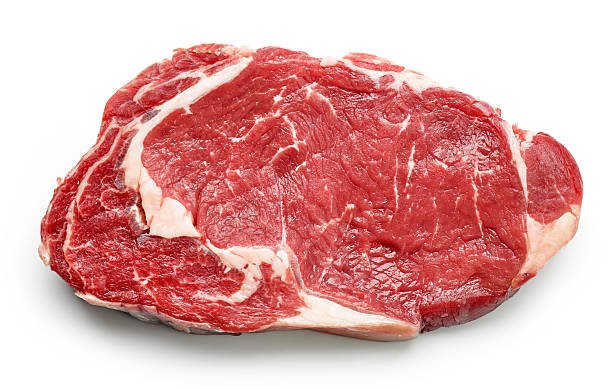Can a Dog Eat Raw Meat? the Comprehensive Benefits and Risks
Feeding dogs is a topic that often raises questions among pet owners is whether dogs can eat raw meat. This discussion taps into the larger debate about raw feeding versus traditional kibble diets. In this article, we will explore the potential benefits and risks of feeding raw meat to dogs, helping you make an informed decision for your pet.

Understanding the Raw Food Diet
The raw food diet, often referred to as the BARF diet (biologically appropriate raw food or bones and raw food), consists of feeding dogs uncooked meat, bones, fruits, and vegetables. Proponents of this diet argue that it mirrors the natural diet of wild canines, which typically includes raw meat and whole prey. However, before diving into the raw food movement, it’s important to weigh both the advantages and potential hazards.
Potential Benefits of Feeding Raw Meat
- Improved Digestion: Advocates of raw feeding claim that raw meat can lead to better digestion in dogs. Raw food is less processed than commercial kibble, which may mean it is easier for dogs to digest.
- Healthier Coat: Many pet owners report that their dogs have shinier, healthier coats after transitioning to a raw meat diet. The fatty acids in raw meat can help improve skin and coat health.
- Increased Energy Levels: Some owners notice a boost in energy levels and overall vitality in their dogs when they switch to raw feeding.
- Dental Health: Chewing on raw bones may help reduce plaque and tartar buildup on dogs’ teeth, promoting better oral hygiene.
- Weight Management: Raw diets can be tailored to meet specific dietary needs, potentially helping dogs maintain a healthy weight.
Potential Risks of Feeding Raw Meat
While there are benefits to feeding raw meat, there are also significant risks to consider:
- Bacterial Contamination: Raw meat can harbor harmful bacteria, such as Salmonella and E. coli, which can pose health risks not only to dogs but also to humans handling the food. This risk is particularly concerning for households with young children or immunocompromised individuals.
- Nutritional Imbalance: A raw meat diet can lead to nutritional imbalances if not properly balanced with other food groups. Dogs require a variety of nutrients, and relying solely on raw meat may not provide everything they need.
- Bone Hazards: Raw bones can pose a choking hazard, and certain types of bones can splinter, leading to serious injuries in dogs’ mouths or digestive tracts. It’s crucial to select bones carefully and monitor your dog while they chew.
- Cost and Convenience: Raw feeding can be more expensive and time-consuming than feeding commercial dog food. Preparing balanced meals requires research and careful planning.
- Individual Health Considerations: Some dogs may have underlying health issues that make a raw diet unsuitable. Always consult with a veterinarian before making significant changes to your dog’s diet.
Guidelines for Feeding Raw Meat
If you decide to explore feeding raw meat to your dog, consider these guidelines:
- Consult Your Veterinarian: Before starting a raw meat diet, consult with a veterinarian or a pet nutritionist. They can help you create a balanced diet plan tailored to your dog’s specific needs.
- Research and Educate Yourself: Understand the nutritional requirements for dogs and ensure that your raw feeding regimen is balanced. This often includes raw meat, organs, and bones, as well as fruits and vegetables.
- Source Quality Meat: If you choose to feed raw meat, source it from reputable suppliers to minimize the risk of bacterial contamination. Consider options like organic or grass-fed meats when possible.
- Hygiene Practices: Practice strict hygiene when handling raw meat. Clean surfaces, utensils, and hands thoroughly after preparing raw meals to prevent cross-contamination.
- Monitor Your Dog’s Health: Pay close attention to your dog’s health after transitioning to a raw meat diet. Look for changes in weight, coat condition, and overall energy levels. If you notice any adverse reactions, consult your veterinarian.
Conclusion
In conclusion, while dogs can eat raw meat, it’s essential to weigh the potential benefits against the risks involved. A raw diet may offer certain advantages, such as improved digestion and healthier coats, but it also carries risks related to bacterial contamination and nutritional imbalances.
If you decide to feed your dog raw meat, ensure that you do so with proper knowledge and guidance from a veterinary professional. A well-balanced diet is key to your dog’s health, whether you choose to feed raw, kibble, or a combination of both. With careful planning and consideration, you can make an informed decision that best suits your dog’s needs and lifestyle. can a dog eat Tomatoes?
